Three sisters garden
emorems0
10 years ago
Related Stories

DECORATING GUIDESGirly Modern Bedrooms Delight Three Young Sisters
Style-savvy wallpaper, custom pieces and touches of turquoise make for three colorful rooms that will grow with the girls
Full Story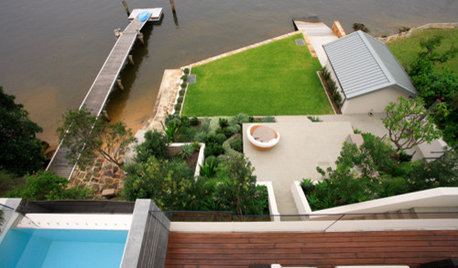
GARDENING AND LANDSCAPINGGarden Tour: Three Levels of Outdoor Living
A Terraced Landscape Bridges Indoors and Out on Sydney Harbor
Full Story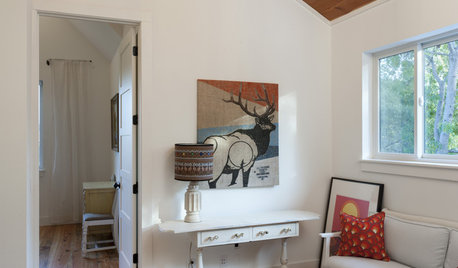
MOST POPULARThree Magic Words for a Clean Home and a Better Life
Not a natural tidying and organizing whiz? Take hope in one short phrase that can change your life forever
Full Story
HOUSEKEEPINGThree More Magic Words to Help the Housekeeping Get Done
As a follow-up to "How about now?" these three words can help you check more chores off your list
Full Story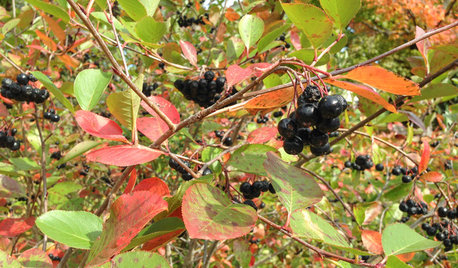
GARDENING GUIDESGreat Design Plant: Aronia Melanocarpa, a Star for Three Seasons
Plant black chokeberry in moist sites in eastern U.S. gardens for colorful spring flowers, red fall foliage and dark blue berries
Full Story
MODERN STYLEHouzz Tour: Three Apartments Now a Three-Story Home
A grand new staircase unifies a sophisticated, industrial-tinged London townhouse
Full Story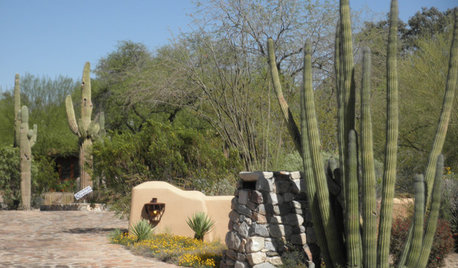
SOUTHWEST GARDENINGUnderstanding the American Southwest's Three Main Climate Zones
If you live in one of the arid or semiarid regions of the U.S. Southwest, this gardening zone guide is for you
Full Story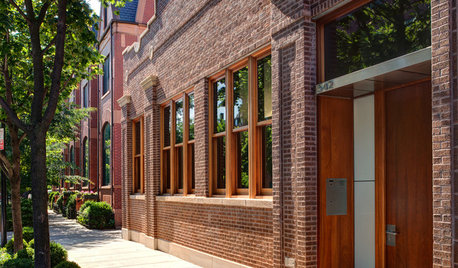
HOUZZ TOURSHouzz Tour: A Three-Story Barn Becomes a Modern-Home Beauty
With more than 9,000 square feet, an expansive courtyard and a few previous uses, this modern Chicago home isn't short on space — or history
Full Story
WINTER GARDENING10 Native Wildflowers to Beautify Your Winter Garden
They stand strong in wind, feed wildlife and are easy to grow. But you may want to add these plants for their looks alone
Full Story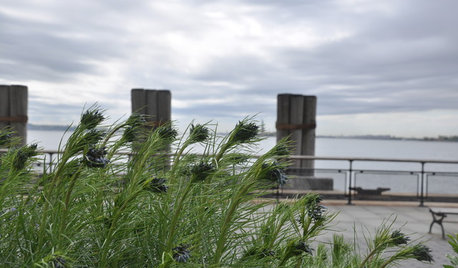
GOLD FOLIAGEGreat Design Plant: Hubricht's Bluestar
Billowy, willowy, and with blooms in three seasons, Bluestar makes a cooling, breezy impression in the landscape
Full Story


digdirt2
emorems0Original Author
Related Discussions
Three Sisters Mod.
Q
Three Sisters
Q
Three Sisters gardening technique
Q
Three Sisters Garden Advice (Thinning?)
Q
nc_crn
woohooman San Diego CA zone 10a
Persimmons
emorems0Original Author
emorems0Original Author
digdirt2
theforgottenone1013 (SE MI zone 5b/6a)
emorems0Original Author
woohooman San Diego CA zone 10a
little_minnie
tishtoshnm Zone 6/NM
digdirt2
emorems0Original Author
woohooman San Diego CA zone 10a
elisa_z5
digdirt2
emorems0Original Author
planatus
little_minnie
elisa_z5
emorems0Original Author
digdirt2
emorems0Original Author
grow_life